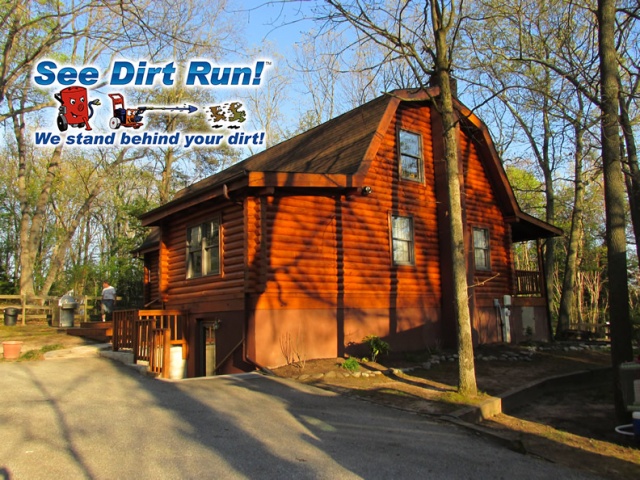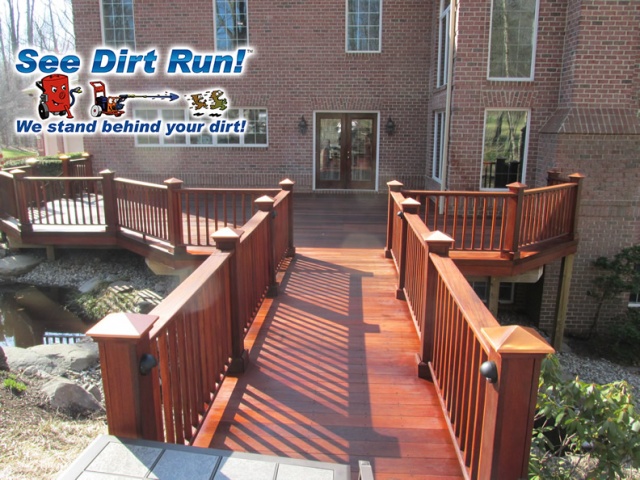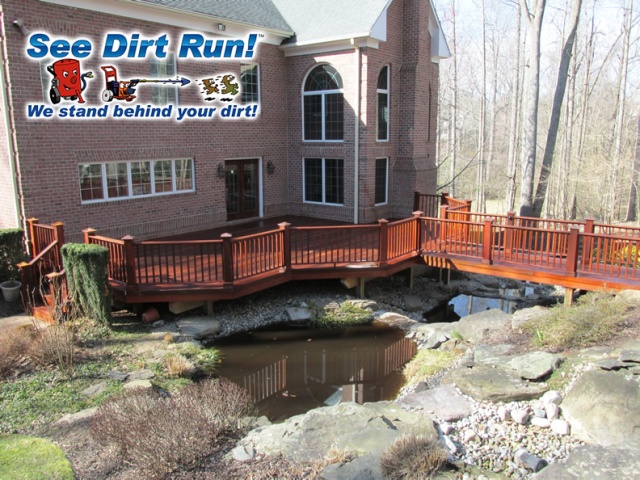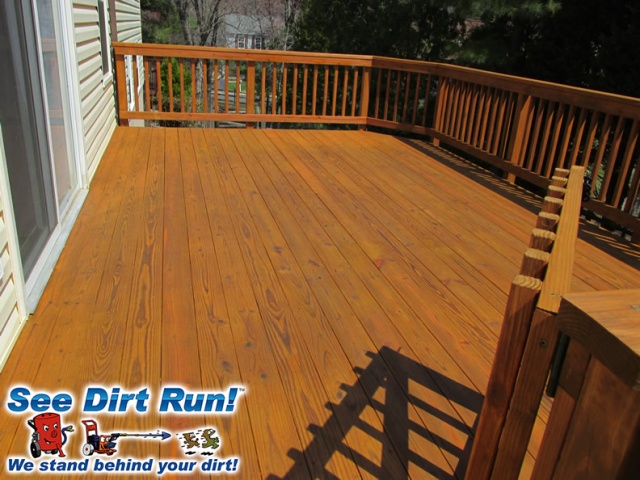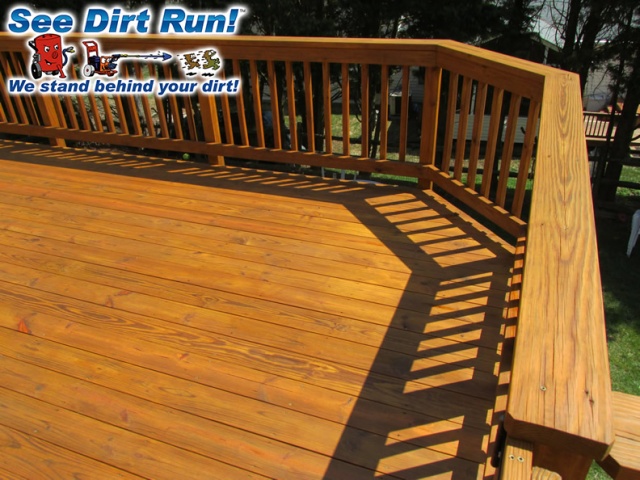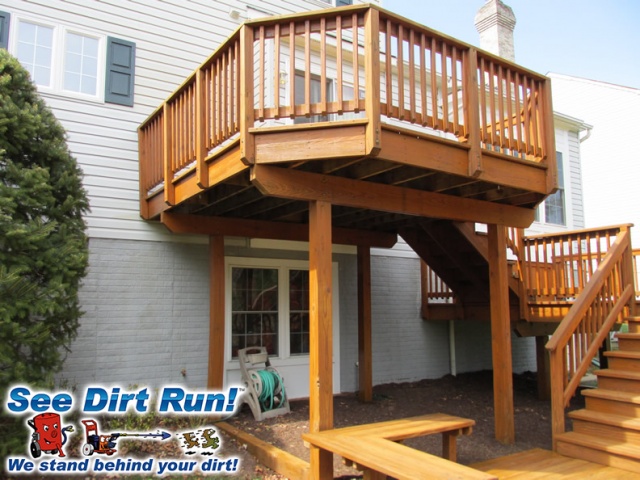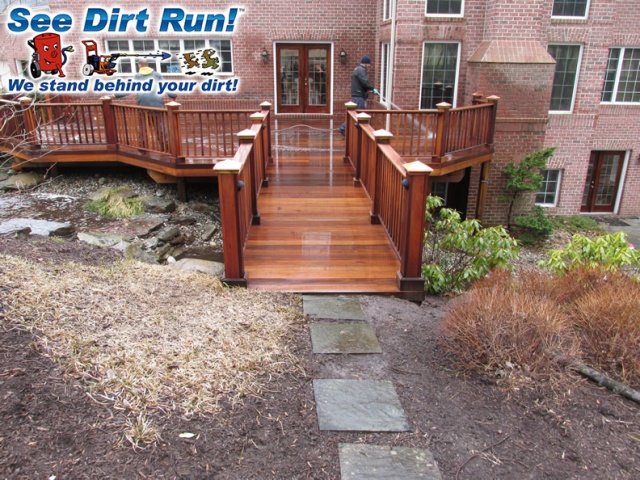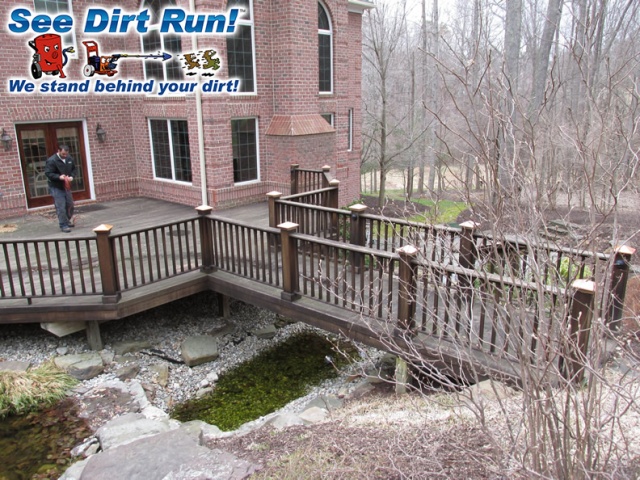-
Content count
17,333 -
Joined
-
Last visited
-
Days Won
162
Content Type
Profiles
Forums
Blogs
Gallery
Links Directory
Articles
Everything posted by Beth n Rod
-
From the album See Dirt Run!'s Gallery
-
From the album See Dirt Run!'s Gallery
-
From the album See Dirt Run!'s Gallery
-
From the album See Dirt Run!'s Gallery
-
From the album See Dirt Run!'s Gallery
-
From the album See Dirt Run!'s Gallery
-
From the album See Dirt Run!'s Gallery
-
From the album See Dirt Run!'s Gallery
-
From the album See Dirt Run!'s Gallery
-
From the album See Dirt Run!'s Gallery
-

cleaning gray decks
Beth n Rod replied to Jersey Bill's question in Wood Cleaning & Restoration - Decks, Fences, etc.
Anything alkaline will darken a deck to a degree. Beth -

Ready Seal
Beth n Rod replied to krakencleaningsystems's question in Wood Cleaning & Restoration - Decks, Fences, etc.
Not sure. The technical data sheet should be on the website and should tell you. Perhaps someone who uses it will chime in. Beth -

Deck pricing
Beth n Rod replied to Derek Behning's question in Wood Cleaning & Restoration - Decks, Fences, etc.
http://community.thegrimescene.com/topic/23927-need-suggestions-on-how-to-tackle-the-townhouse-deck/ I posted in another thread about this to help people like yourself price their business. Article #6 Rod -
Mike, My son Miles is 23, he's 6'5" and about 220. My daughter Madison is taller than me, about 5'9" weighing in at about 110. Both are in college. Time flies! I remember when you and your wife were expecting! Enjoy every year of it. Life certainly is an amazing journey! Beth
-

Rust stains on composite decks
Beth n Rod replied to Jersey Bill's question in Wood Cleaning & Restoration - Decks, Fences, etc.
Just to the affected areas. Brush and rinse. Rod -

David Olson a past PWNA Treasurer gone but never forgotten!!
Beth n Rod replied to John T's question in The Club House
Dave O. was one of the best people this industry has ever seen. Beth -
Wow! Hi Mike, How have you been? Hope you and your family are well. Beth
-

Rust stains on composite decks
Beth n Rod replied to Jersey Bill's question in Wood Cleaning & Restoration - Decks, Fences, etc.
Phosphoric acid is what is in Naval Jelly that attacks rust. Problem is, it could also cause a problem with the composite in removing the stains at high concentrations. Let the customer know this is possible and have them sign off on it. If YOU void the warranty by doing this, YOU are liable for replacement. Another possibility, replace the peices affected if the product isn't too old. Rod -
Welcome Scott! Glad you found us. Beth
-

stripping acrylics and solids
Beth n Rod replied to Aqua Pro's question in Wood Cleaning & Restoration - Decks, Fences, etc.
This is where I get HD-80 http://www.opwdecks.com/ Rod -

Do you discuss your hourly charge out rate with customers?
Beth n Rod replied to john@AEC's topic in Business Topics & Tips
Doing it for nothing is something I won't do. You are performing on someone else's property and if you aren't charging for it and it is not disclosed in a proposal, bid or estimate, you are liable for any and all damages that result. Hourly rates are for employee's and lawyers. Even plumbers and electricians don't give hourly anymore. They charge by the service. We don't give out an 'hourly' rate either. Due to the varying factors many projects will have, there is no way to really put an hourly rate on it considering there is so much more that go into costs. Rod -

stripping acrylics and solids
Beth n Rod replied to Aqua Pro's question in Wood Cleaning & Restoration - Decks, Fences, etc.
633-ADD is a glycol based additive. We use it in combination with HD-80 for stripping acrylics. When it comes to some solids though, Affordable is not available. Rod -

Need suggestions on how to tackle the townhouse deck.
Beth n Rod replied to turbonyg's question in Wood Cleaning & Restoration - Decks, Fences, etc.
Good deal Tony. I never know what people have in their works so I tend to be a bit thorough based upon the question. Rod -

Need suggestions on how to tackle the townhouse deck.
Beth n Rod replied to turbonyg's question in Wood Cleaning & Restoration - Decks, Fences, etc.
In the beginning, I always timed myself to see how long it took to accomplish various tasks in different configurations. Once I had a grasp over production time and the typical amount of materials used (plastic, tarps, tape) I could then factor my costs based upon Time to complete the job plus set up, prep time and break down/cleanup became a number relative to the square footage of the job. If there were no steps and I had to use a ladder, I would add time to that by lowering the sqft/hour production rate. Materials are based upon their coverage rates minus 10-20% to account for spray lost and absorption variances on different species. Having to hand apply meant a different production rate which was obviously lower than spraying and back brushing/padding. Your hourly must include more than just what you make. It should include the employer contributions of F.I.C.A., S.S. and Medicare required. Figure out your typical service area. Take a compass and put the point on your location. Now, depending upon the scale of the map you are using, expand the compass to determine your service area (1/4"=1 mile for example) and make a circle. Anything within that circle should have a cost built into your labor costs. Ex; 30 minutes max/person driving to a job=labor x :30 minutes x # of crew. If you are thinking your labor cost would be $40.00/hour/person, you could be losing money. Many companies I am aware of won't leave the house for less the $1000.00/day Don't get me wrong, you don't want to base your costs on other companies, but the smart ones take All their costs into consideration before coming up with a price structure. What are you paying your crew? What are the required employer contributions? and the percentage/wage dollars? How long does it take to do the job? How many trips to complete each phase (wash/strip, Sand, stain/seal)? What is the mpg of your vehicle being used? How long does it take you on average to get to any point within your service area? What would be considered your 'extended' service area and what types of work would you accept beyond the regular service area? What are your insurance costs per month? Do the math and find out how much that is per day, per hour. 7 days a week. (yeah, we all work weekends when weather messes us up) Do you have office staff? How much are you paying them? This should be included in the costs for labor for the time the office work would take. Why? Because someone has to man the phones, take messages, file paperwork, send faxes/emails/snail mail and process the transactions relative to the job. The average customer requires: phone calls, emails or faxes to initiate, process and complete the transaction. They require time for consultation, follow up and intermidiate communications for progress of job and sheduling. This can range from 1 hour to several depending upon the customer and the complexity of the project. Doing this kind of analysis and costing can help you to arrive at a price. All the costs can be summed up in a sqft basis but make sure you know how much you can do, or better yet what your employee's WILL do. They aren't vested like you, so count on things taking a little bit longer where they are concerned. You could use a sliding scale to cost your services which means the $$$/sqft price may drop incrementally as the sqft goes up. We use this for decks mostly due to the fact that once you take out the prep, set up and break down, the production rate goes up as the work is being done due to the most difficult part being the rails. The floor is the fastest and easiest which makes up the brundt of the sqft overall. So the sliding scale comes in handy and keeps you from over bidding due to a set price/sqft. Enough for now. Rod -

Need suggestions on how to tackle the townhouse deck.
Beth n Rod replied to turbonyg's question in Wood Cleaning & Restoration - Decks, Fences, etc.
You'll have to look at your cost for the materials and the time it takes you to mask to determine that. Beth



